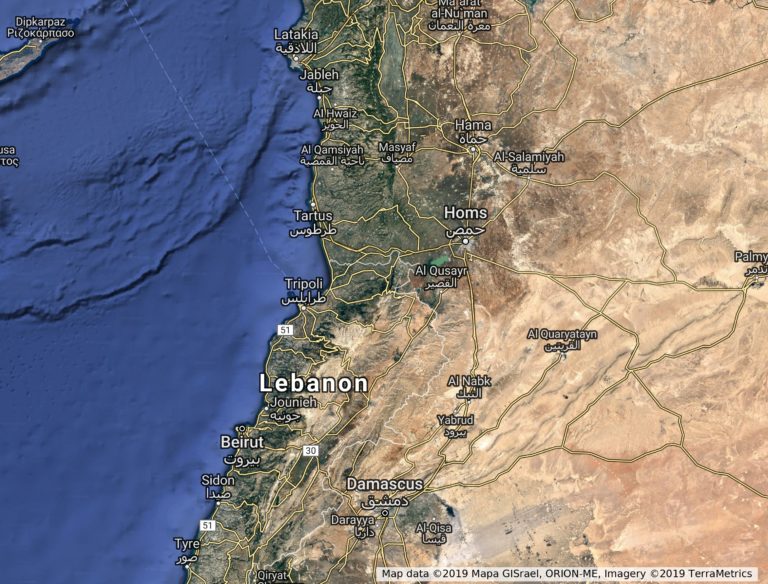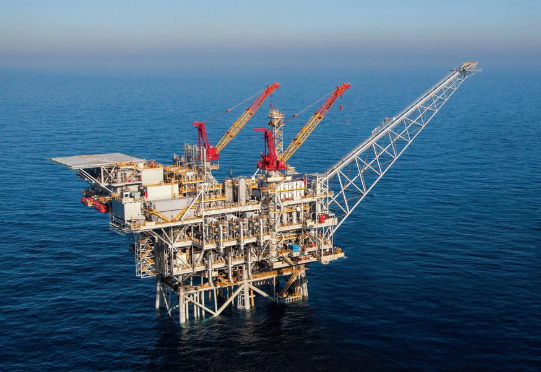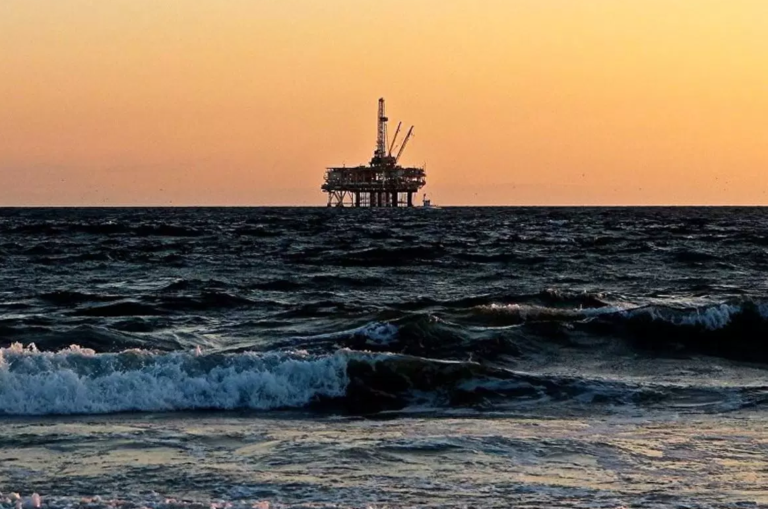RWE warns on European gas demand

The German utility paints a sobering picture for the future of the fuel, even in a lower price environment.
Low carbon heating systems and a huge growth in renewables will continue to drive down northwest European (NWE) gas demand, which has been structurally decreasing since the financial crisis, Andree Stracke, chief commercial officer at the supply and trading arm of German utility RWE, told the Flame gas conference in Amsterdam in May.
The RWE base case for NWE gas demand is 227bn m³/yr in 2030, down from 267bn m³/yr in 2018 and from 309bn m³/yr in 2010. Its high case scenario is 275bn m³/yr, but its low case is just 178bn m³/yr.
Substitution in the retail sector will drive the highest demand decrease. Electric heat pumps are a “real killer”, says Stracke, along with wood pellets and better insulation.
Residential and commercial gas demand peaked as far back as 2003 and has trended slightly lower ever since. RWE predicts a 21pc decrease from 2018 levels by 2030—rising to 30pc in a high-efficiency, low-demand scenario—which is “really significant” as heating is the bulk of overall demand.
Recent UK and Dutch regulation to outlaw gas supply to new homes are “really huge milestones”, says Stracke, even though new houses make up, for example, only 2pc of the housing stock in Germany . The Netherlands is aiming for 200,000 houses ‘free of gas’ by 2030.
Limiting gas supply bans just to new houses would not be enough to ensure meeting the heating sector’s overall strict emission reduction targets, he notes. Regulation covering existing houses could push significant costs onto house owners and tenants, so governments are loath to legislate. RWE’s base case scenario sees heating sector regulation reducing gas demand, but only slowly.
But retrofitting, as is being promoted in UK and Dutch initiatives, once a community agrees to it, could go much further, Stacke warns, confessing that, “after 25 years in the gas industry, the new rules are a shocker to me”.
On a slightly more positive note, there could be some switching from fuel oil to gas in the German heating market, says Stracke, but only if legislation mandates customers to switch away from oil.
Gas to power
Gas demand for power has fallen by 16pc from a 2010 peak, mainly due to renewables, as well as high gas prices relative to coal. Germany has 100GW of installed conventional thermal capacity, but now has 110GW of renewable capacity, says Stracke.
RWE’s base case sees relatively flat overall demand for gas power, as German and Dutch coal exits and a reduction of German, French and Belgian nuclear capacity are largely compensated by an increase in renewables.
Quicker nuclear and/or coal phaseouts could offer additional gas demand upside, as the resultant electricity supply gap could not be filled fully by renewable generation. Lower gas prices could also drive demand with a potential major impact in the power sector, although not in the retail sector.
On the other hand, politicians and voters want to reduce CO2 further, says Stracke.
“We have underestimated the will of the people to go into renewable energy,” he says. “A renewables glut is coming, and we have to adapt.”
One reality of this new paradigm is a significant increase in the need for gas-fired power capacity as a back-up for intermittent renewables. NWE, in RWE’s base case, will see 39pc increase in peak gas demand by 2030, from c.300mn m³/d to c.400mn m³/d. Gas transmission capacity will therefore still be needed, but only on a short-term basis, says Stracke. And the current driver of gas storage usage, for summer/winter seasonality, will also change.
The challenge is that “no-one so far” is prepared to pay for the increase in required peak gas-fired power capacity, particularly as baseload requirements decrease, says Stracke. “Who is investing, given the uncertainty? We have not seen it. We need sustained higher peak power prices into the future”.
Without a capacity market, as the UK and France have introduced, there is no incentive to invest, beyond small-scale open-cycle turbines, as these can pay back quickly over 3-4 years, he adds.









